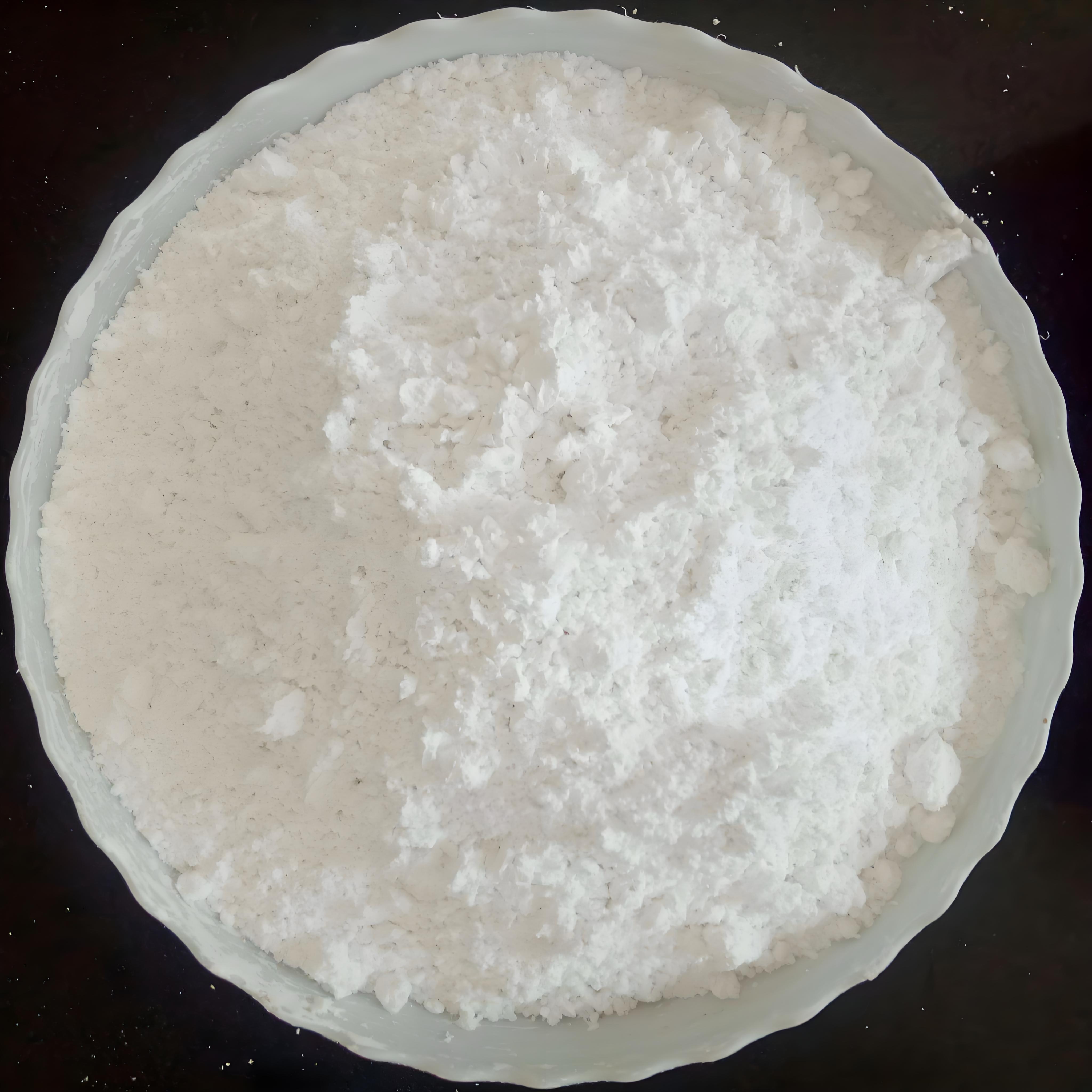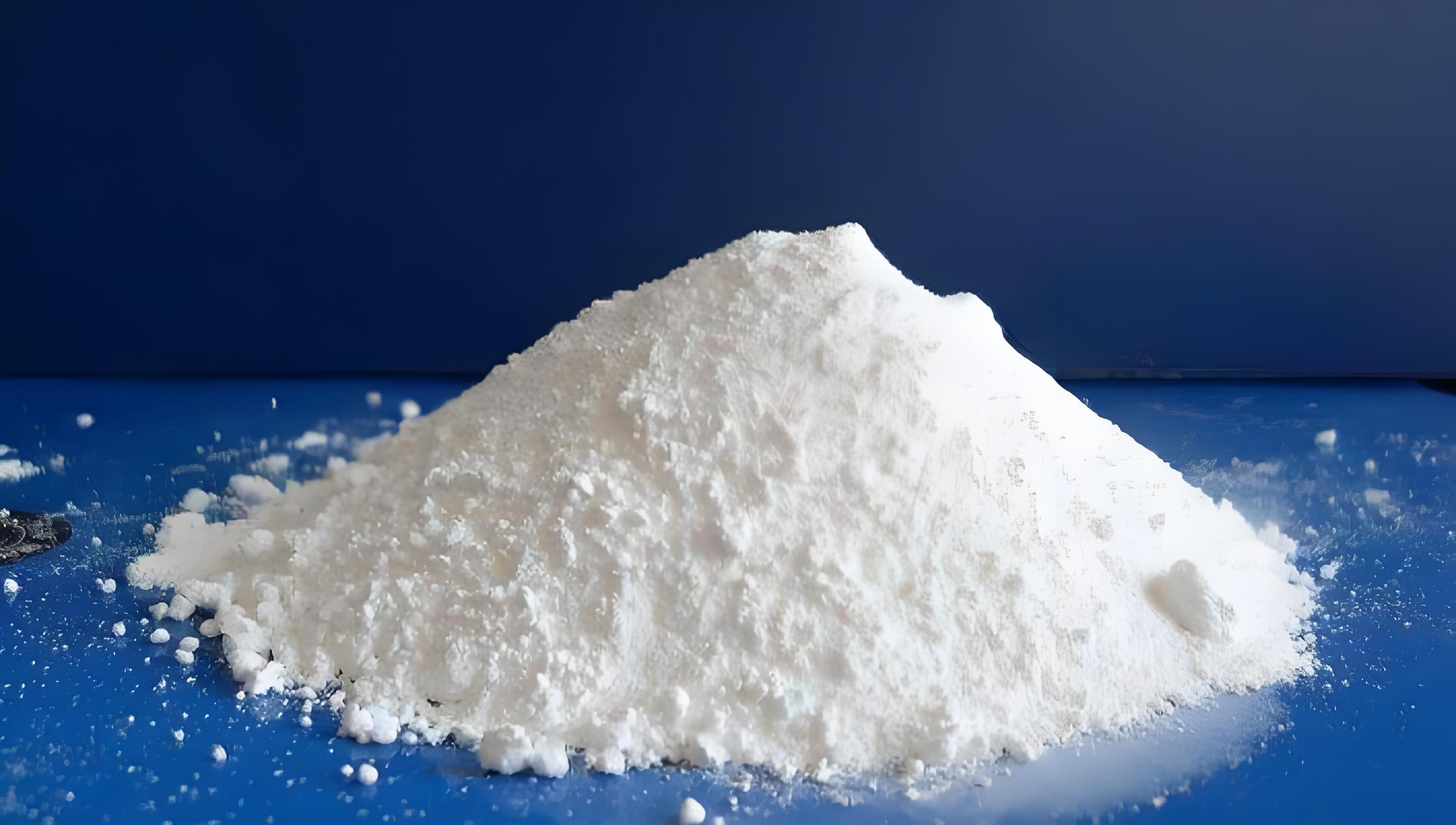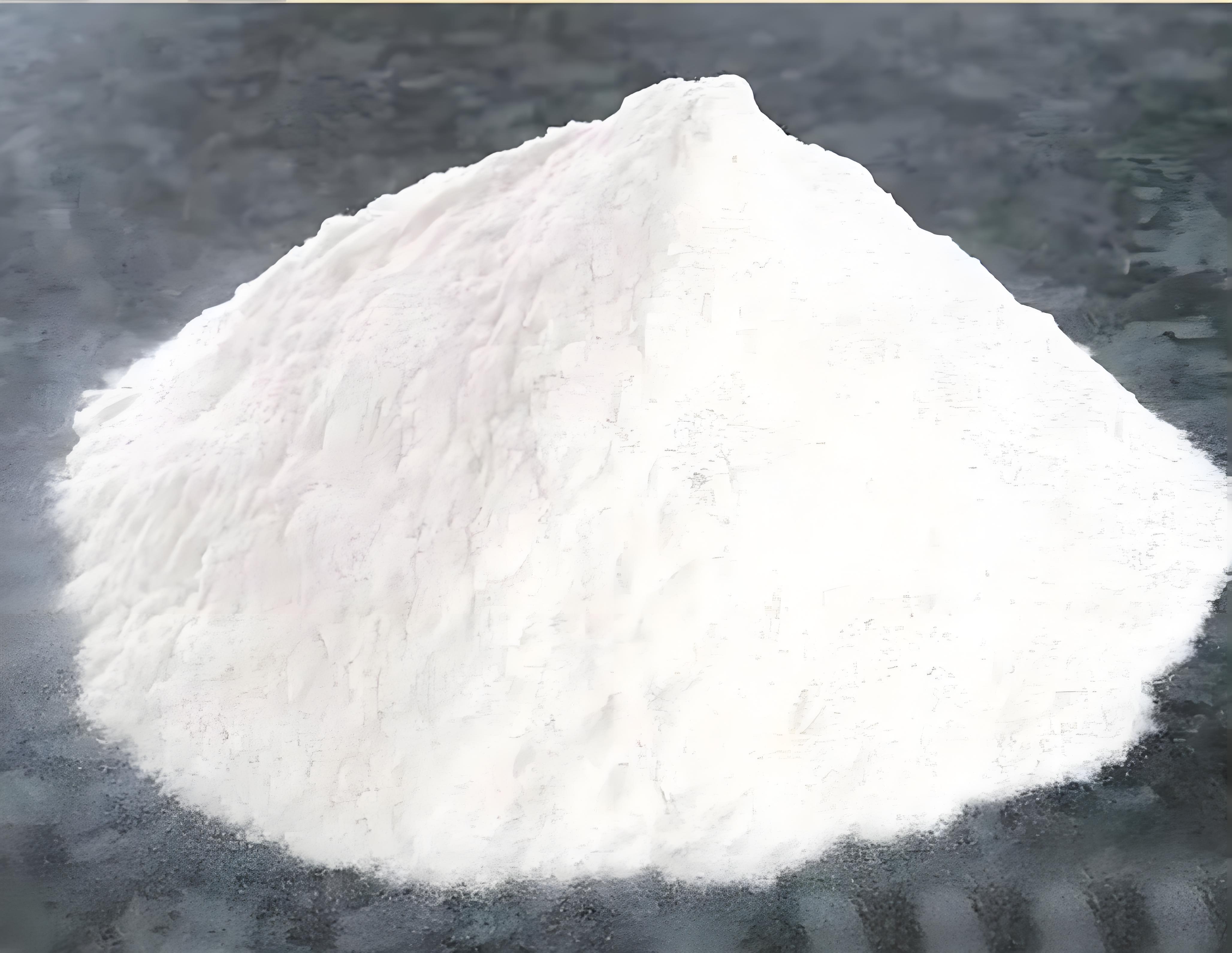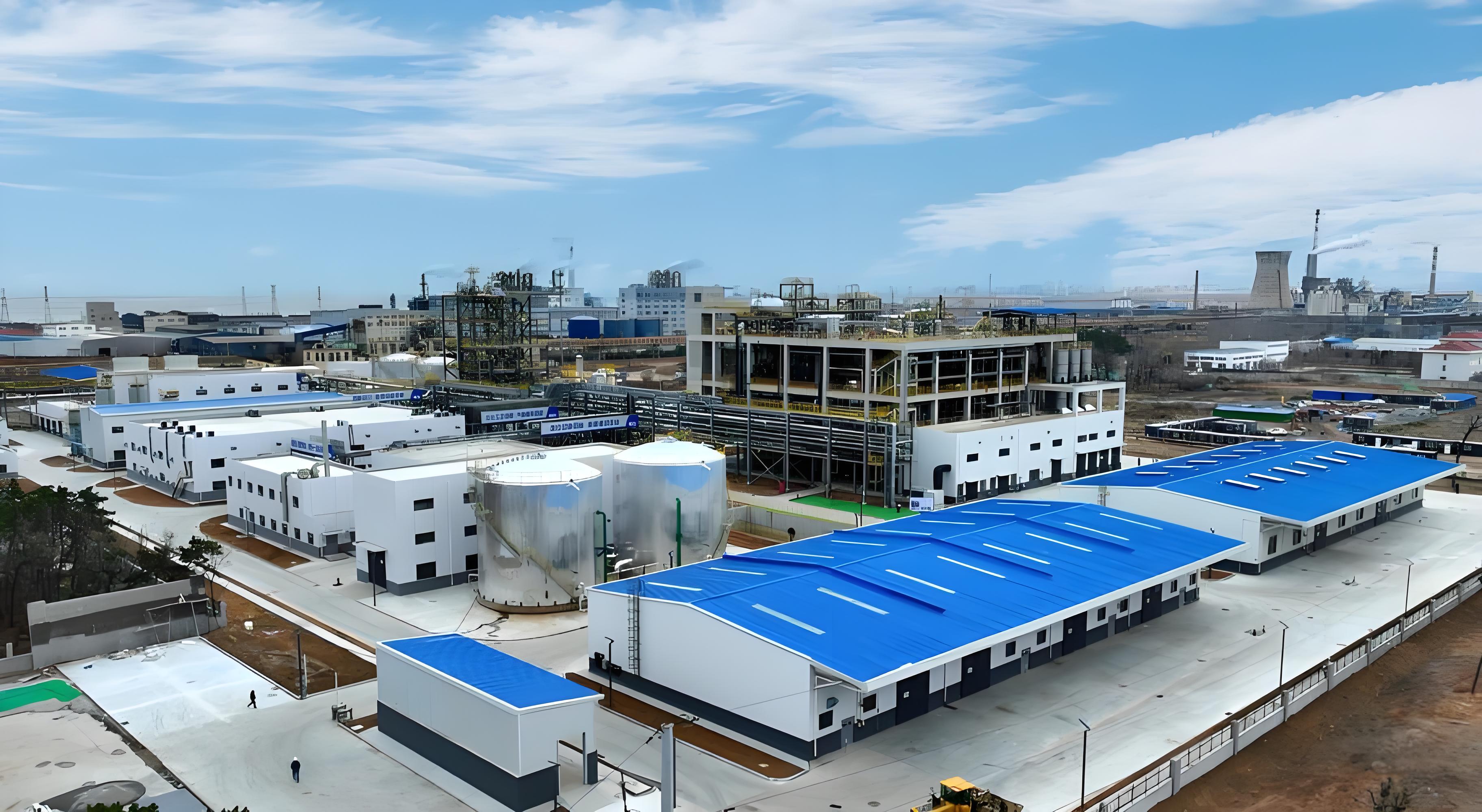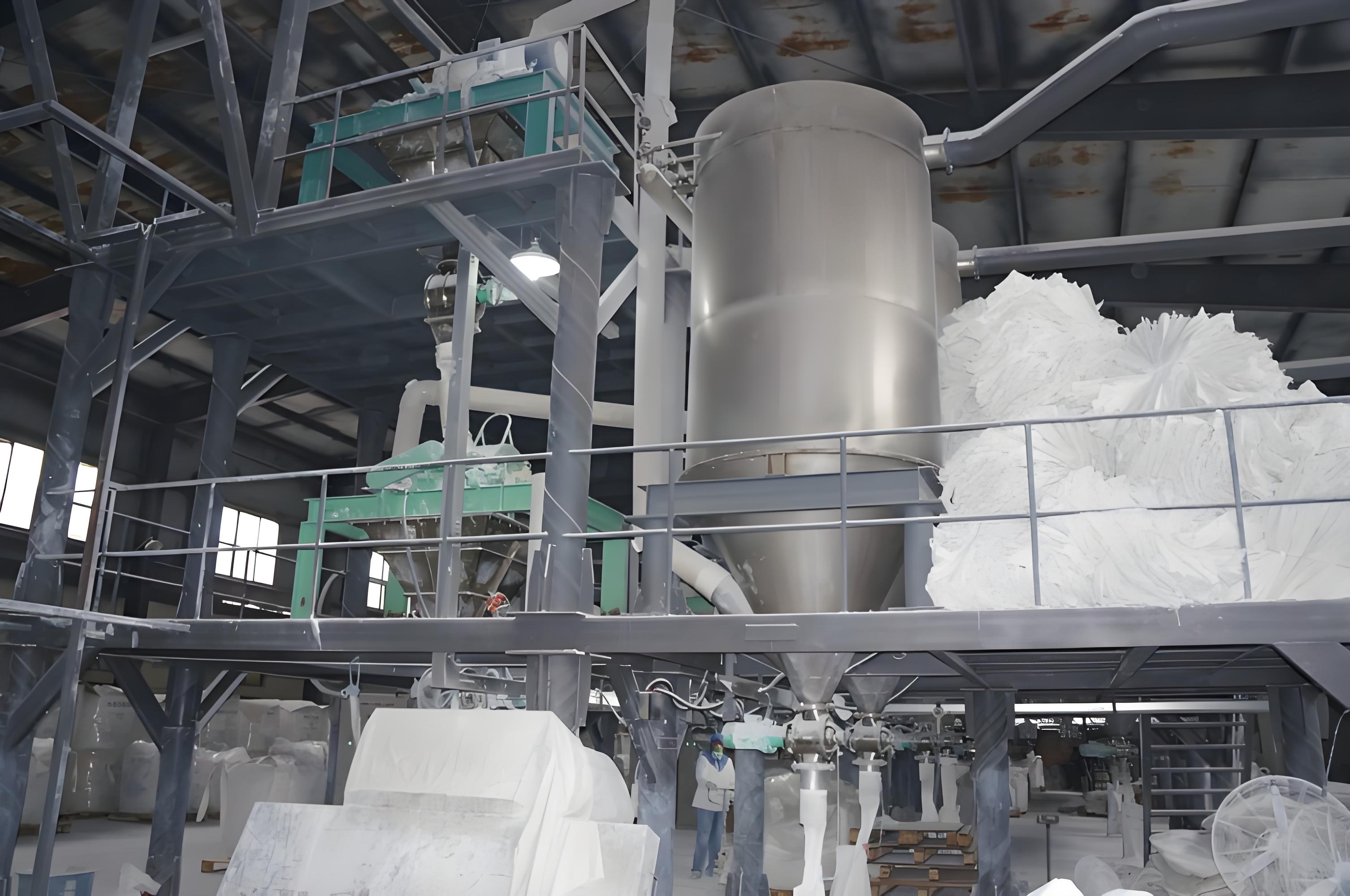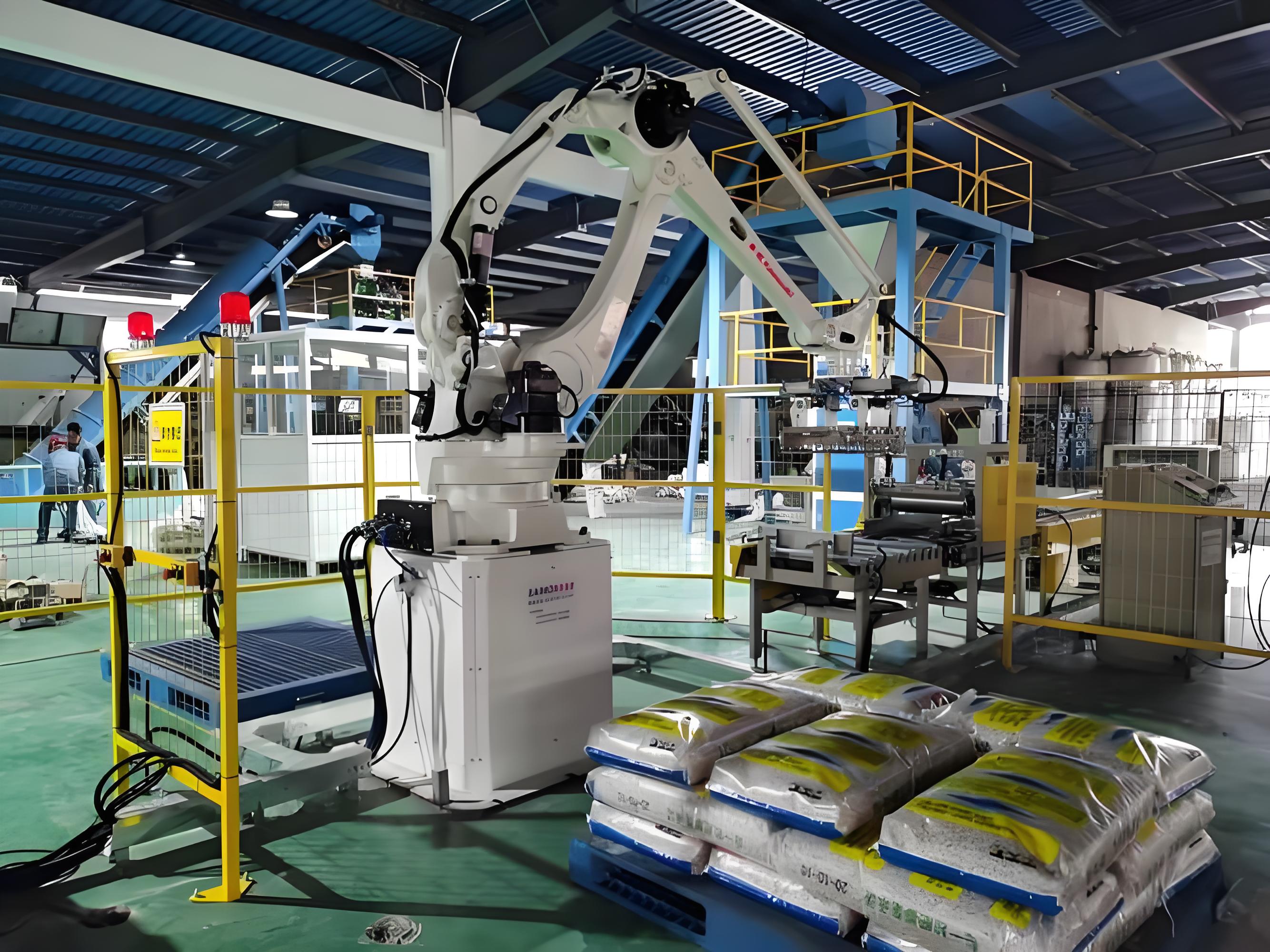Titanium dioxide pneumatic conveying
On site photos of titanium dioxide, Dongkai Company provides feasibility analysis, process design, engineering equipment, commissioning, and installation turnkey engineering services for titanium dioxide material pneumatic conveying systems based on actual usage conditions on site
Titanium dioxide is an important inorganic chemical pigment, mainly composed of titanium dioxide. There are two production processes for titanium dioxide: sulfuric acid method and chlorination method. It has important applications in industries such as coatings, inks, papermaking, plastics and rubber, chemical fibers, ceramics, etc.
physical property
1. Relative density
Among commonly used white pigments, titanium dioxide has the lowest relative density. Among white pigments of the same mass, titanium dioxide has the largest surface area and the highest pigment volume.
2. Melting point and boiling point
Due to the transformation of rutile type titanium dioxide into garnet type at high temperatures, the melting and boiling points of rutile type titanium dioxide are actually non-existent. Only rutile titanium dioxide has a melting point and a boiling point. The melting point of rutile titanium dioxide is 1850 ℃, the melting point in air is (1830 ± 15) ℃, and the melting point in oxygen rich is 1879 ℃. The melting point is related to the purity of titanium dioxide. The boiling point of rutile titanium dioxide is (3200 ± 300) ℃, and at this high temperature, titanium dioxide is slightly volatile.
3. Conductivity
Titanium dioxide has semiconductor properties, its conductivity increases rapidly with temperature, and it is also very sensitive to hypoxia. The dielectric constant and semiconductor properties of rutile titanium dioxide are very important for the electronics industry, and can be used to produce electronic components such as ceramic capacitors.
4. Hardness
According to the Mohs hardness scale, rutile titanium dioxide has a hardness of 6-6.5 and anatase titanium dioxide has a hardness of 5.5-6.0. Therefore, anatase titanium dioxide is used in chemical fiber extinction to avoid wear on the nozzle holes.
5. Hygroscopicity
Although titanium dioxide has hydrophilicity, its hygroscopicity is not very strong, and the rutile type is smaller than the anatase type. The hygroscopicity of titanium dioxide is related to the size of its surface area. A large surface area and high hygroscopicity are also related to surface treatment and properties.
CHEMICAL
Titanium dioxide has extremely stable chemical properties and is a slightly acidic amphoteric oxide. At room temperature, it hardly reacts with other elements and compounds, and has no effect on oxygen, ammonia, nitrogen, hydrogen sulfide, carbon dioxide, and sulfur dioxide. It is insoluble in water, fat, dilute acids, inorganic acids, and bases, and only soluble in hydrofluoric acid. But under the action of light, titanium dioxide can undergo continuous oxidation-reduction reactions and has photochemical activity. This photochemical activity is particularly evident in rutile type titanium dioxide under ultraviolet irradiation, which makes titanium dioxide both a photosensitive oxidation catalyst for certain inorganic compounds and a photosensitive reduction catalyst for certain organic compounds.
